New Year 2082 ignites Nepal’s tourism boom: A surge of hope and hustle
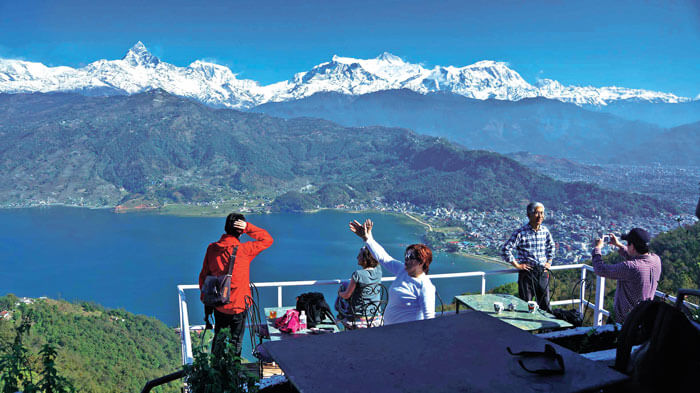
KATHMANDU: As Nepal welcomes the New Year 2082, a vibrant wave of tourists has swept across the country, breathing life into its tourism sector and sparking optimism for economic revival. The arrival of spring, coupled with school holidays and the urgency for government employees to use their annual leave, has fueled a surge in domestic travel, transforming religious sites, cultural landmarks, and adventure hubs into bustling centers of activity. From the sacred Pashupatinath in the east to Shaileshwari in the far west, Nepal’s diverse attractions are drawing crowds, signaling a robust start to the year for an industry still recovering from the pandemic’s scars.
The tourism boom is palpable across Nepal’s iconic destinations. Religious sites like Pashupatinath, Janakpurdham, Halesi, and Chhinnamasta are thronged with pilgrims, while adventure seekers are flocking to Everest Base Camp, Makalu, and the Khumbu region, capitalizing on the ideal trekking and mountaineering season. Cultural gems such as Bhaktapur, Patan, and Basantapur Durbar Squares are abuzz, and natural retreats like Nagarkot, Dhulikhel, and Pokhara are packed with families and leisure travelers. This influx is not only boosting local businesses but also invigorating Nepal’s economy, which relies heavily on tourism as a key driver of growth.
Binayak Shah, President of the Hotel Association of Nepal (HAN), described the scene as a much-needed revival. “On the eve of the New Year, we’ve seen occupancies soar, ranging from 35% to nearly 100% in some areas. Places like Thamel, Pokhara, Sauraha, Lumbini, and Bhedetar have hosted vibrant New Year Eve events, injecting energy into a sector that had been languishing,” he said. Shah’s optimism reflects a broader sentiment among tourism entrepreneurs, who see the crowds as a sign of brighter days ahead. Hotels in Chitwan, for instance, are fully booked for three days, with Ganga Giri, former president of the Regional Hotel Association Nepal Chitwan, reporting zero vacancy. In Nagarkot, hotelier Naveen Gurung celebrated 100% occupancy at his property, noting similar trends across the region.
Pokhara, Nepal’s tourism capital, is a focal point of the festivities. Despite some cancellations due to protests, the city is alive with events like the Fewa Festival, drawing Indian and Chinese tourists alongside domestic travelers. Tara Pahari, President of the Pokhara Tourism Development Council, said the New Year typically brings a three-to-four-day spike in visitors, with occupancies exceeding 70%, according to Bishwa Raj Paudel of REBAN Pokhara. Lumbini, the birthplace of Buddha, is equally vibrant, with hotels reporting strong bookings. In Bhairahawa, CP Shrestha of the Siddhartha Hotel Association noted a 35% occupancy rate, largely driven by Indian tourists, with discounts and packages enticing more visitors.
Sauraha, near Chitwan National Park, is another hotspot, with Dhruba Giri of REBAN Sauraha highlighting the role of festivals in attracting both domestic and foreign tourists. The story repeats across Nepal’s diverse landscape—Bardia National Park, Rara Lake, Muktinath, and emerging destinations like Dodhara-Chandani Suspension Bridge and Ghodaghodi Lake are all seeing unprecedented footfall. Adventure tourism is thriving, too, with domestic and international climbers crowding Himalayan base camps, particularly Everest, as the spring season offers prime conditions.
The Nepal Tourism Board (NTB) is capitalizing on this momentum, intensifying efforts to market Nepal globally and domestically. CEO Deepak Raj Joshi outlined an aggressive strategy, including 17 B2B events abroad in the past five months, alongside domestic initiatives like the Nepal-India-China Expo and East Tourism Mart. Upcoming plans include the Sudurpaschim Mart and an International Buddhist Travel Mart, with foreign influencers and media invited to showcase Nepal’s allure. NTB’s data underscores the recovery: 1.147 million tourists visited in 2024, up from 1.015 million in 2023, though still shy of the pre-pandemic peak of 1.197 million in 2019. The pandemic years were brutal, with arrivals plummeting to 230,085 in 2020 and 150,962 in 2021, making the current resurgence a testament to Nepal’s enduring appeal.
Yet, challenges remain. While Tribhuvan International Airport operates at full capacity, Gautam Buddha and Pokhara International Airports struggle to attract consistent international flights, limiting access to key markets. Shah emphasized that robust road and air connectivity are critical for sustaining this growth. Kumar Mani Thapaliya of the Nepal Association of Tours and Travel Agents (NATTA) echoed this, noting that 2081 was a year of mixed outcomes—hope tempered by setbacks like suspended flights at Bhairahawa. “The New Year brings positive energy, but we need policy leaps to deliver results,” he said, pointing to high airfares as a hurdle.
Looking ahead, ambitious plans are taking shape. Pokhara has declared 2025 a Visit Year, aiming to attract 2 million tourists, kicked off by the Fewa Festival. Nagarkot is launching its own Visit Year 2082 on April 14, with President Ramchandra Paudel slated to inaugurate the event. Organized by the Nagarkot Naldum Tourism Development Committee, the initiative aims to spotlight the area’s natural beauty, culture, and history. Committee President Naveen Gurung expressed confidence that the festival will amplify Nagarkot’s appeal, already evident in the current tourist surge.
The broader implications are profound. Tourism, a lifeline for Nepal’s economy, supports millions of livelihoods, from hoteliers to guides. The New Year’s boom is a reminder of its potential to drive prosperity, but sustained growth demands infrastructure upgrades, policy reforms, and global outreach. As Sagar Pandey of TAAN put it, “The enthusiasm is infectious, with domestic and foreign tourists fueling hope.” For now, Nepal’s tourism sector is riding high, its landscapes and heritage alive with the footsteps of travelers ushering in 2082 with promise and possibility.



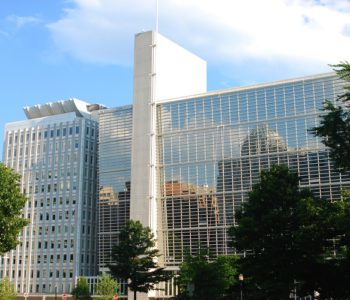



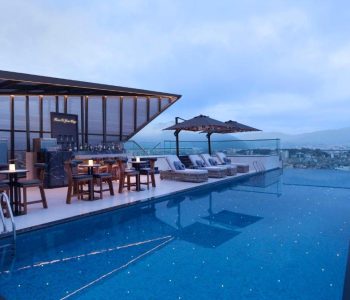
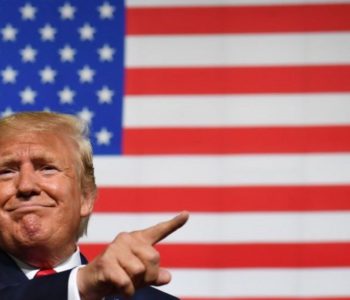
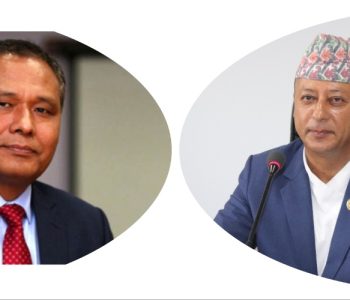
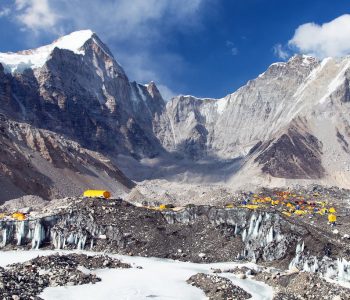
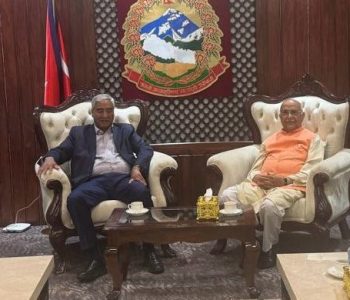
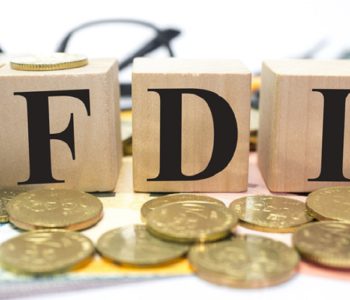
Facebook Comment